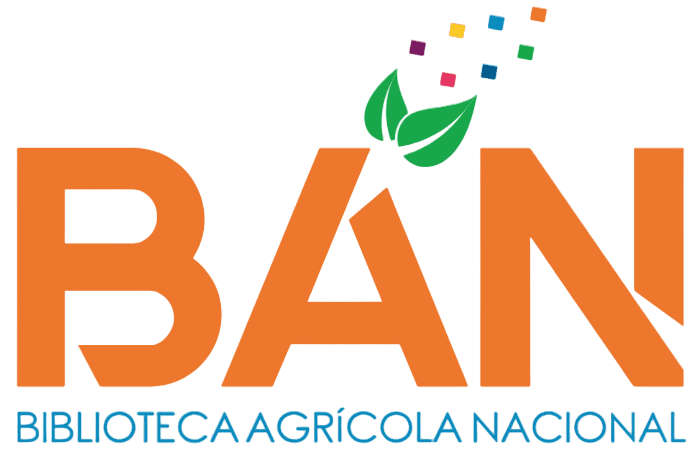Propuesta de gestión para la reducción de riesgos del arbolado urbano en el distrito de San Isidro, Lima-Perú
Loading...
Código QR
Authors
Panayfo Cóndor, José Abel
Contact Email
Abstract
El arbolado urbano es un componente esencial de las ciudades por sus múltiples beneficios ambientales, sociales y paisajísticos. Sin embargo, también puede representar un riesgo cuando no se gestiona adecuadamente. Este trabajo de suficiencia profesional tiene como objetivo formular una propuesta de gestión para la reducción de riesgos por caída de ramas y árboles en el distrito de San Isidro, utilizando como base el censo forestal del año 2020 y el registro de incidentes ocurridos entre septiembre de 2023 y septiembre de 2024. La propuesta se desarrolló a partir de la identificación de los principales indicadores de riesgo, entre ellos: la especie, el estado físico y fitosanitario del árbol, su ubicación y el tamaño de las ramas caídas. El análisis evidenció una baja correlación entre los niveles de riesgo asignados en el censo 2020 y los eventos posteriores, lo que sugiere la necesidad de actualizar los criterios de evaluación. Se identificaron especies de alto riesgo como la Tipuana tipu (Tipa) y Melia azedarach (Melia), que presentaron mayores frecuencias de fallos estructurales, y especies de bajo riesgo, como el Hibiscus tiliaceus (Meijo), Delonix regia (Ponciana) o Koelreuteria paniculata (Papelillo), que pueden considerarse en futuras arborizaciones. A partir de estos hallazgos, se plantean recomendaciones orientadas a mejorar la seguridad del arbolado urbano mediante prácticas silviculturales adecuadas, la actualización del censo forestal con nuevas variables de análisis, y la promoción de especies de bajo riesgo. Asimismo, se propone la consideración de una herramienta técnica como el mapa de riesgos, que permita optimizar la toma de decisiones y prevenir accidentes, contribuyendo a una mejor calidad de vida para los vecinos de San Isidro.
Urban trees are an essential component of cities due to their multiple environmental, social, and aesthetic benefits. However, they can also pose a risk when not properly managed. This professional proficiency project aims to develop a management proposal to reduce the risks associated with falling branches and trees in the district of San Isidro, based on the 2020 tree census and the record of incidents that occurred between September 2023 and September 2024. The proposal was developed by identifying the main risk indicators, including species, physical and phytosanitary condition, location, and the size of fallen branches. The analysis revealed a low correlation between the risk levels assigned in the 2020 census and subsequent events, suggesting a need to update the evaluation criteria. High-risk species such as Tipuana tipu (Tipa) and Melia azedarach (Melia) were identified due to a higher frequency of structural failures, while low-risk species such as Hibiscus tiliaceus (Meijo), Delonix regia (Poinciana), and Koelreuteria paniculata (Golden Rain Tree) could be considered for future urban forestry efforts. Based on these findings, recommendations are proposed to enhance the safety of urban trees through proper silvicultural practices, updating the tree census with new risk assessment variables, and promoting low-risk species. Additionally, the implementation of a technical tool such as a risk map is proposed, which can support decision-making and accident prevention, ultimately contributing to a better quality of life for the residents of San Isidro.
Urban trees are an essential component of cities due to their multiple environmental, social, and aesthetic benefits. However, they can also pose a risk when not properly managed. This professional proficiency project aims to develop a management proposal to reduce the risks associated with falling branches and trees in the district of San Isidro, based on the 2020 tree census and the record of incidents that occurred between September 2023 and September 2024. The proposal was developed by identifying the main risk indicators, including species, physical and phytosanitary condition, location, and the size of fallen branches. The analysis revealed a low correlation between the risk levels assigned in the 2020 census and subsequent events, suggesting a need to update the evaluation criteria. High-risk species such as Tipuana tipu (Tipa) and Melia azedarach (Melia) were identified due to a higher frequency of structural failures, while low-risk species such as Hibiscus tiliaceus (Meijo), Delonix regia (Poinciana), and Koelreuteria paniculata (Golden Rain Tree) could be considered for future urban forestry efforts. Based on these findings, recommendations are proposed to enhance the safety of urban trees through proper silvicultural practices, updating the tree census with new risk assessment variables, and promoting low-risk species. Additionally, the implementation of a technical tool such as a risk map is proposed, which can support decision-making and accident prevention, ultimately contributing to a better quality of life for the residents of San Isidro.
Description
Universidad Nacional Agraria La Molina. Facultad de Ciencias Forestales. Departamento Académico de Manejo Forestal
Keywords
Arbolado urbano
Citation
Date
2025
Collections
Seleccionar año de consulta:
Licencia de uso

Excepto si se señala otra cosa, la licencia del ítem se describe como info:eu-repo/semantics/openAccess

